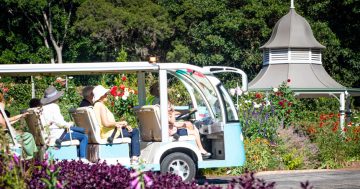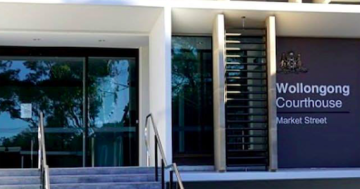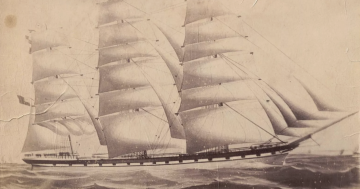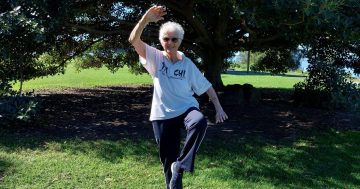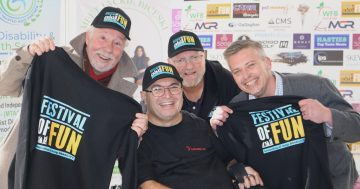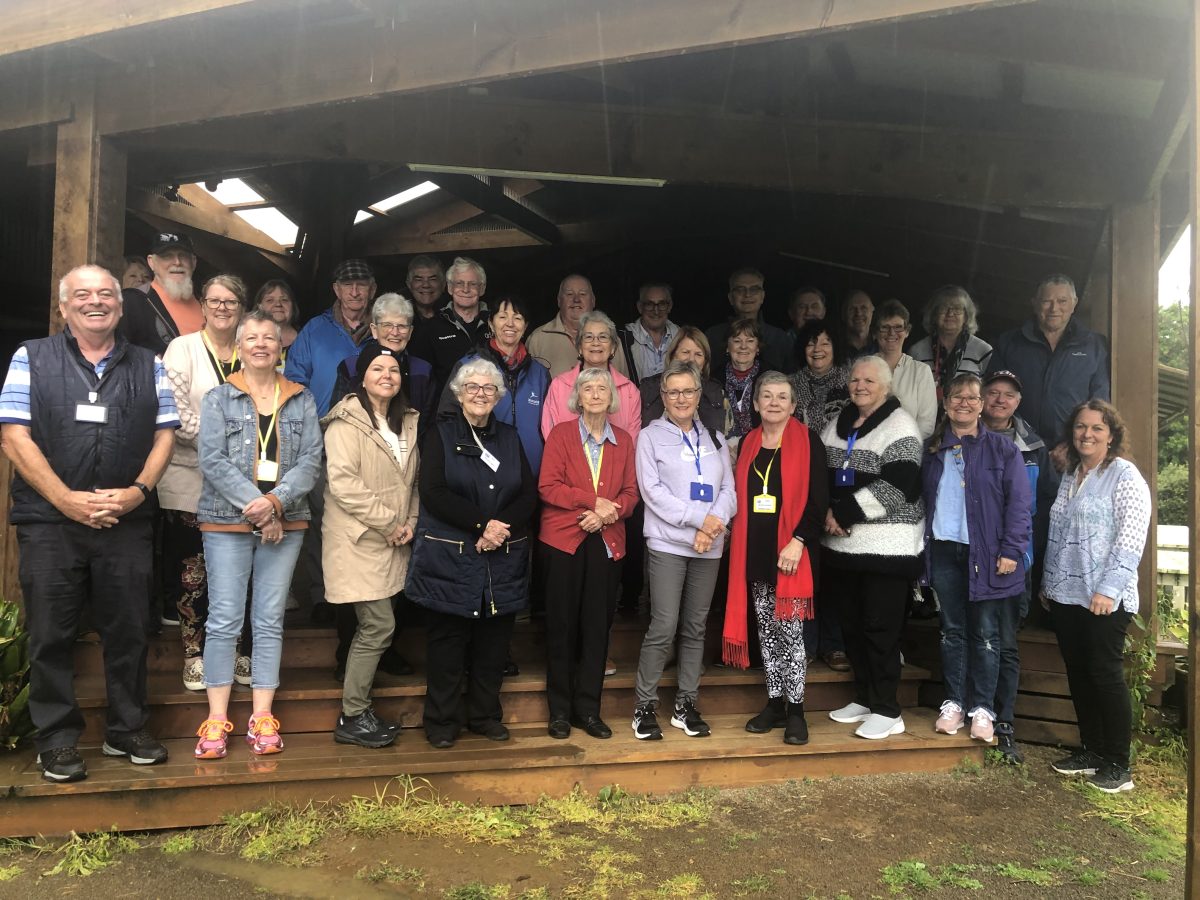
Mary Wade’s descendants today number in the tens of thousands. Photo: Supplied.
When Mary Wade died on 17 December 1859, on the day of her 84th birthday, she left behind 300 descendants. Today, they number in the tens of thousands, and many reside in the Illawarra.
About 100 of them are set to gather this month to mark the 250th birthday of the woman considered one of the founding mothers of the early European settlement of Australia, and share her fascinating story.
Born 17 December 1775, Mary’s life changed forever when, at age 13, she was convicted for theft, according to her great-great-great-grandson David Mayne.
David, a member of the Illawarra Family History Group and vice-president of the Mary Wade Society, said it was a bleak time in London for any lawbreaker, regardless of age or severity of crime.
“She and a girlfriend of hers, both teenagers at the time, stole another girl’s pinafore,” he said.
“They were both arrested and went before the magistrate at the Old Bailey, where she was ‘sentenced to be hanged by her neck until dead’.
“She was so young and innocent that when the magistrate asked, ‘Do you have anything to say?’, she replied, ‘Yes, can I go home now?'”
Fortunately, her sentence was commuted and she was sent instead to Botany Bay.
Mary was said to be the youngest convict aboard Lady Juliana, a ship dubbed “the floating brothel” due to the number of prostitutes aboard.
There is some contention around whether the two-year journey was part of the first or second fleet.
“It’s more accurate to say it was the first and a half fleet,” David says.
“The Juliana was earmarked for the first fleet but had some issues and was held back. It was sent before the second, however.
“I once asked a first fleet historian if it would have been a horribly dangerous journey for a young woman on a ship manned by strange men, and he said it would have been the contrary. The hardened ‘ladies of the night’ would have watched her like a hawk. They had their own code. I like to believe that was the case.”
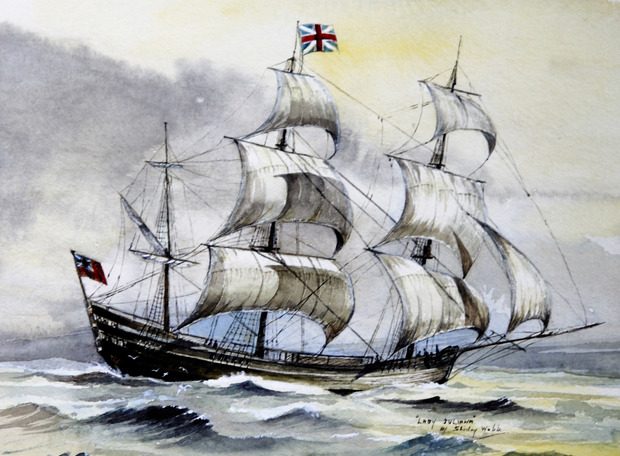
At 13, Mary was the youngest passenger aboard the Lady Juliana as it made its way to Botany Bay. Painting by Shirley Webb. Image: Supplied.
Mary arrived in Sydney Cove in June 1790, and shortly after went to Norfolk Island, where she had the first of many children.
While popular opinion puts the total number of children Mary had at 21, her Wikipedia page acknowledges the exact number is disputed.
What is known is Mary had numerous partners, among them Edward Harrigan and Jonathan Brooker. It’s believed the latter brought her to the Illawarra where they owned 30 acres in Tarrawanna.
Following her death, Mary’s was the first funeral to be held at St Paul’s Church of England. She was laid to rest at the Church of England cemetery, which later became Pioneers Rest Park.
“It’s actually very sad because at the time of the cemetery’s conversion to a park around 1940, there was no legislation about rehousing the bodies. So, they simply laid the tombstones down and covered the lot with the rose garden that’s there now,” David says.
“I sort of know where she is — in plot number three, one of the early ones. There’s a brass plaque at the entrance with her name at the time of her death — Mary Brooker.”
Among her many descendants are Victoria Cross recipients, one of the first 58 men to be killed at Gallipoli and former prime minister Kevin Rudd.
Across a whole weekend this November, David will MC the reunion of Mary’s descendants at Wollongong Leisure Resort, where a four-metre banner with her family tree will be displayed. Attendees will be invited to “find their tribe” and attend a dinner to unpack the various branches.
Buses will take them to significant locations, including Pioneers Rest Park and Tarrawanna High School, where there’s another plaque in her honour.
Celebrations will include the sharing of stories, including cameos from significant descendants who, among other things, will lift the lid on the controversies of the teenage convict who would become a significant figure in the Illawarra’s history.
It’ll be a departure from how she was remembered “back in the day”, David says.
“I used to ask my old grandfather about his great-grandmother, and he didn’t want to talk about it. There was still a lot of shame around the fact she was a criminal and convict,” he says.
“Times have changed. We’ve gone to great lengths to uncover her story, from documents in Westminster, The Trove, hunting through microfiche at Macquarie Library in Sydney, speaking to experts at the University of Wollongong. Today’s descendants relish making discoveries about Mary and sharing those discoveries.”








